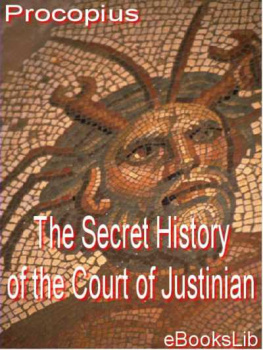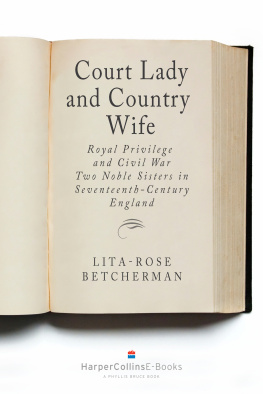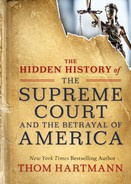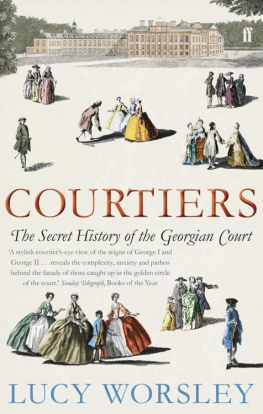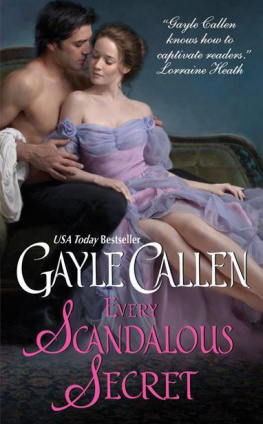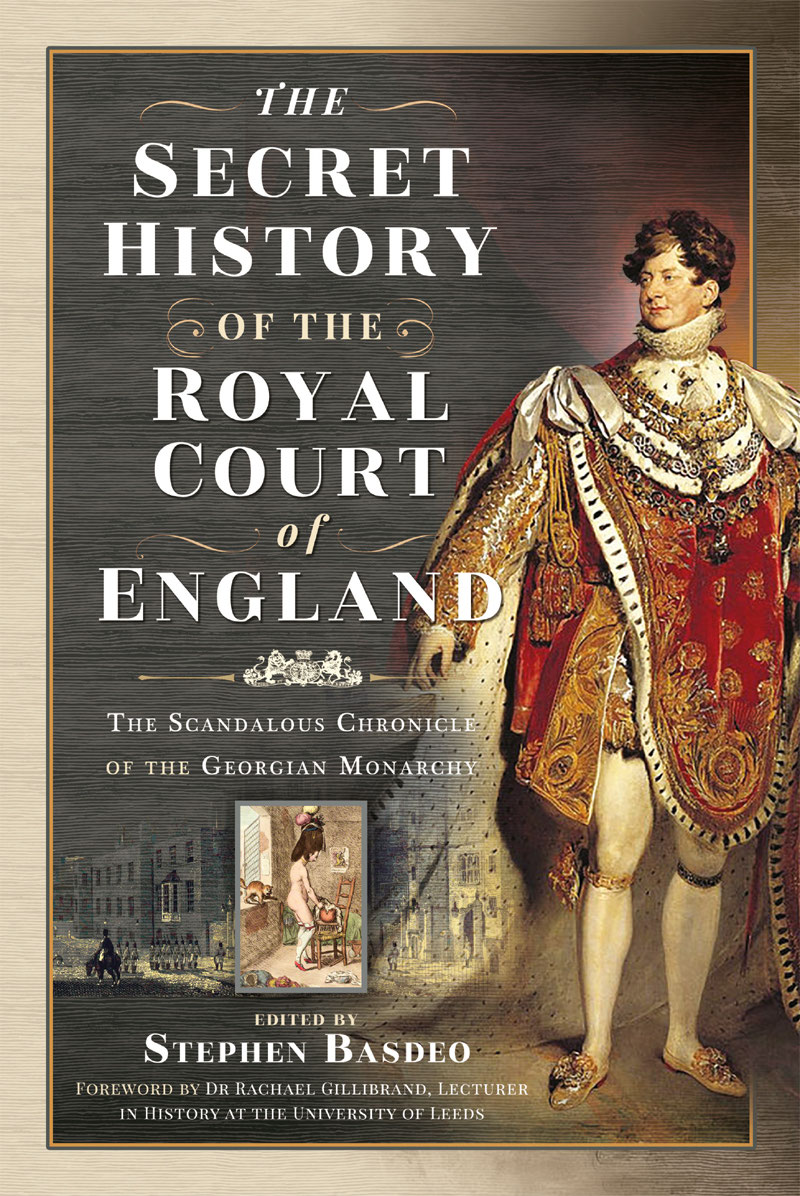
The Secret History of the Royal Court of England
Dedication
Bruno Miguel Jorge (o meu amigo em Lisboa), a teacher, and most importantly, friend!
The Secret History of the Royal Court of England
The Scandalous Chronicle of the Georgian Monarchy
Olivia Serres
A New Edition Edited by Stephen Basdeo, With an introduction by Rachael Gillibrand

First published in Great Britain in 2022 by
Pen & Sword History
An imprint of
Pen & Sword Books Ltd
Yorkshire Philadelphia
Copyright Olivia Serres 2022
ePub ISBN 978 1 39901 583 7
Mobi ISBN 978 1 39901 583 7
The right of Olivia Serres to be identified as Author of this work has been asserted by her in accordance with the Copyright, Designs and Patents Act 1988.
A CIP catalogue record for this book is available from the British Library.
All rights reserved. No part of this book may be reproduced or transmitted in any form or by any means, electronic or mechanical including photocopying, recording or by any information storage and retrieval system, without permission from the Publisher in writing.

Pen & Sword Books Limited incorporates the imprints of Atlas, Archaeology, Aviation, Discovery, Family History, Fiction, History, Maritime, Military, Military Classics, Politics, Select, Transport, True Crime, Air World, Frontline Publishing, Leo Cooper, Remember When, Seaforth Publishing, The Praetorian Press, Wharncliffe Local History, Wharncliffe Transport, Wharncliffe True Crime and White Owl.
For a complete list of Pen & Sword titles please contact
PEN & SWORD BOOKS LIMITED
47 Church Street, Barnsley, South Yorkshire, S70 2AS, England
E-mail: enquiries@pen-and-sword.co.uk
Website: www.pen-and-sword.co.uk
Or
PEN AND SWORD BOOKS
1950 Lawrence Rd, Havertown, PA 19083, USA
E-mail: Uspen-and-sword@casematepublishers.com
Website: www.penandswordbooks.com
Contents
Introduction to The Secret History of the Court of England
Rachael Gillibrand
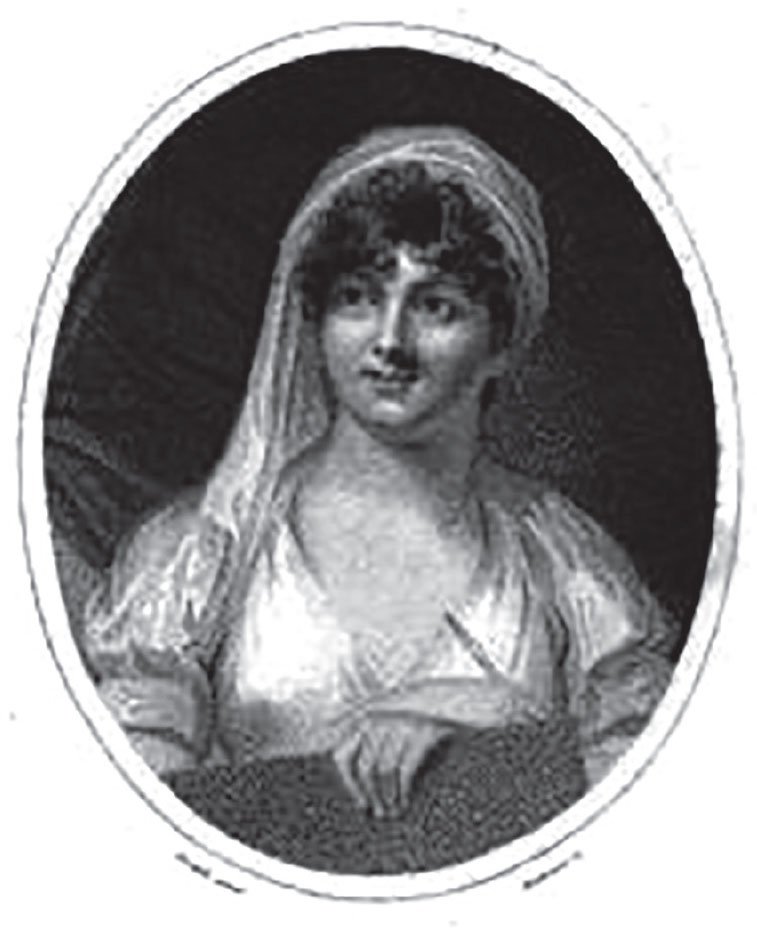
A contemporary engraving of Olivia Serres.
In April 1838 the Quarterly Review denounced the publication of a new edition of a book titled The Secret History of the Court of England for, according to that reviewer, the book was
[] nothing but an amplified reprint of libels, equally atrocious and absurd, which have long been in clandestine circulation.
The Secret History of the Court of England was actually a revised and expanded reprint of an earlier anonymously written, short one volume work titled The Authentic Records of the Court of England for the Last Seventy Years (1832), published by J. Phillips. The Authentic Records was so controversial that the Duke of Cumberland, owing to the numerous accusations of crime and corruption levelled at him in the book, pursued a case of criminal libel through the courts. More serious than mere defamatory libel, criminal libel could have seen the publisher incarcerated.2 Phillips quickly fled to France but he was tried and convicted in absentia and copies of the Authentic Records were no longer published.3
The publisher William Henry Stevenson then revised and expanded the Authentic Records into two volumes and gave it the title of the Secret History, and Stevenson avoided prosecution by taking out those passages which offended the Duke of Cumberland. The book might have been forgotten about were it not for the remarks upon the Secret History in the Quarterly Review in 1838. To its contemporaries, the book was famous (or perhaps infamous) for its portrayal of the British monarchy as corrupt, immoral, and inconsiderate of the needs of what the author refers to as the productive classes. In fact, the allegedly libellous nature of the book led the Quarterly Review to assume that it could only have been marketed by women who, under the cover of darkness, would go covertly from door to door offering copies of Lady Anne Hamiltons Journal for the price of one guinea per volume.4
Other reviewers were not quite so harsh or concerned as the Quarterly Review. The editor of The Monthly Magazine, George W.M. Reynoldswho went on to publish his own fictional expos of royal life in The Mysteries of the Court of London (184956)stated that whilst much of the book is palpably untrue, wicked, and absurd [] we must not wilfully and blindly condemn the whole because we do not wish to believe it.5 Nevertheless, contemporary literary institutions agreed (at least publicly) that the book was, either in whole or in part, an exercise in defamation.
This opinion of the book, as being untrue and slanderous, is particularly interesting in relation to its preface. Here, as you will see, the author professes to be an impartial and unbiased observer of the events discussed, claiming that any negative remarks or accusations were, not intended as any disparagement to the private characters or virtues of those statesmen whose talent was great and well cultivated. Nevertheless, the fact that the book appears to have been modelled on The Secret History of the Court of Justinian, written by Procopius in c. 550-558 CE (as well as the contents of the book itself) suggests otherwise. Just as Procopius expresses a disillusionment with Emperor Justinian and his wife Theodora, seeking to expose the private lives of the Emperor and his inner circle, so too does the author of The Secret History of the Court of England express a sense of discontent with George III, George IV, their ministers, and courtiers, exclaiming Oh! England, how hast thou been cursed by debt and blood through the impotency and villainy of thy rulers! But who, then, was this discontented author of The Secret History?
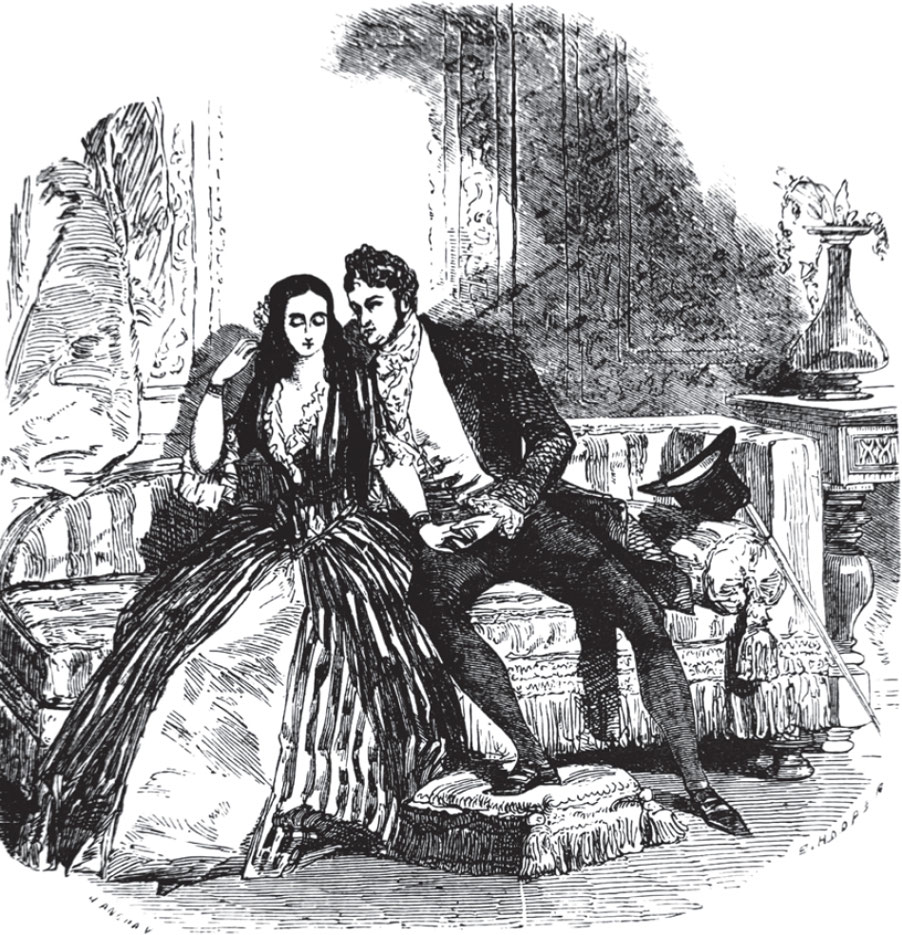
Title page of the fourth issue of G.W.M. Reynoldss Mysteries of the Court of London, in which George IV visits the house of a young and virtuous maiden in order to seduce her. (Stephen Basdeo Collection)
The work itself would suggest that its author was Lady Anne Hamilton (1766 1846), courtier and lady-in-waiting to Caroline, Princess of Wales. However, despite the work being published under her name, Lady Anne Hamilton claimed that this was without her knowledge or sanction. In fact, her life was so upturned by the Secret History, that she retired to France in order to avoid public speculation.6 The Quarterly Review jumped to her defence, claiming that she is entirely innocent of any share in these volumes so audaciously imputed to her.7 Instead, it has been suggested that the Authentic Records and Secret History was written by a woman, referred to in Lady Annes letters as S. W., who had gained Lady Annes confidence (and access to her papers) in the aftermath of Princess Carolines death. Whilst the exact identity of this S. W. remains unknown, it is strongly assumed that these initials refer to Olivia Serres, nee. Wilmot. In her early life, Serres was a landscape painter and author of several romantic literary works; however, she became better known as a royal imposter who, in 1817, claimed to be the daughter of Henry Frederick (Duke of Cumberland and brother of George III) and a Mrs. Payne.8
Next page




